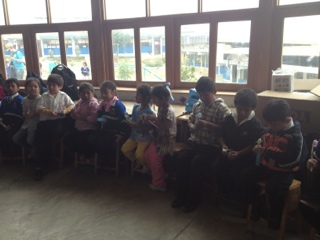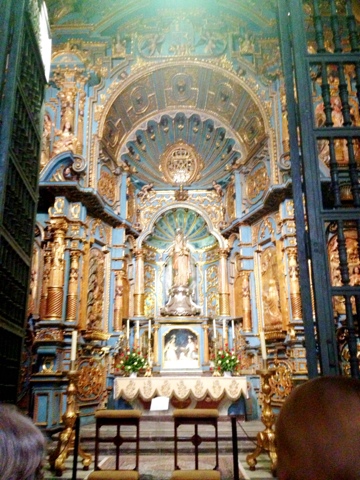So Tuesday is the day It all begins! It is about 16 degrees and it is drizzling. I brought the dorky poncho and wore shorts. Big mistake. We headed down to the beach at 9:30 am. Kathryn an Melissa and I ended up down there before everyone else and bagged a spot next to a screen and an entrance and under some palm trees. We pretty much had the beach to ourselves and a few Argentinians who had a dance circle going. Mel and Kathryn immediately ran over and joined them. I minded the bags and took this awesome photo.
We then waited... And waited... and waited... Then a bunch including Ron an Mavis arrived and a few of us were free to find some lunch. Three freaking hours later, running around the blocks looking or a supermarket and then getting myself a freaking pastry.
Then at 4 pm the party started. I had a flag hanging up from a palm tree and apparently an Australian flag makes you an automatic celebrity in Brazil. I lost count of all the photos we took with Brazilians and a few other nationalities too. Most of what was going on was in Portuguese so we had no idea but the music was awesome so who cares!
At 6 pm the Padres and the rest arrived! It was then dancing and Fr Prasad showed everybody up! They will be a video!
It was the Mass time and I was amazing. There were 400,000 people on Copacabana and in the silence of the consecration. You could have heard a pin drop. If we weren't on sand...
It was raining and wet and miserable so it kind of took the edge off it a bit. But 400,000 people is basically Sydney's whole WYD at the opening mass! I didn't think we would get communion in this chaos but I ended up standing next to a minister! She only gave communion on the tongue too. So that was funny seeing Jamie's face!
When the mass finished it was chaos! Absolute chaos. So we split up into smaller groups to attempt to grab dinner on the way. The Rovis (Ron+Mavis), Jamie and I managed to get a crazy cab ride home. We went back to Hotel Sao Francisco and had some sandwiches for dinner and I used the wifi!
It was then home to bed very sandy and very sore feet. Tomorrow is Wednesday and our first Catechesis. We have no idea which bishop we will have so this will be a surprise!



































































